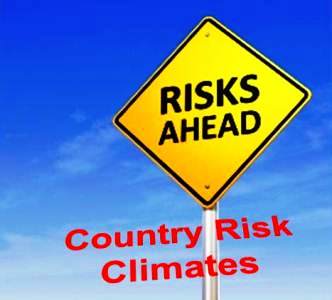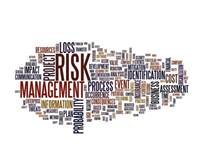 The health of indebted companies globally has deteriorated at its fastest pace since the financial system was wracked by crisis in 2009, according to Standard & Poor’s.
The health of indebted companies globally has deteriorated at its fastest pace since the financial system was wracked by crisis in 2009, according to Standard & Poor’s.
The assessment by the credit rating agency, released on Tuesday, is the latest sign of deteriorating business conditions and comes after the worst start to the year for global stock markets in decades. Three times as many companies are at risk of a downgrade to their credit rating as are likely to register an improvement in their creditworthiness, according to S&P.
However, problem borrowers are so far concentrated in the oil and gas and metals and mining industries. “We’re sitting on a see-saw here, and it’s a question to what extent business confidence will hold up in the face of the broader dislocations developing in the rest of the world”, said Paul Watters, head of corporate research for S&P Ratings Europe. Investors around the world are attempting to assess the impact of a slowdown in the Chinese economy, as well as an end to the era of cheap debt finance after the Federal Reserve raised interest rates in December for the first time in almost a decade.
Credit rating downgrades can play a significant role in credit markets, particularly when companies lose the status of an investment grade rating necessary for many investors to hold their bonds. The decline in the financial health of businesses in the second half of 2015 was the sharpest since 2009, the rating agency said. The average corporate rating fell by about half a notch at the end of 2015 to between ‘BB+’ and ‘BB’, from that in 2008. Around two-fifths of the companies rated by S&P are judged investment grade.
Mr Watters said the average quality of corporate ratings has been in long term decline, as existing borrowers have taken on more debt, and new issuers have come to the market at lower ratings. “Since 2008, but a trend that’s been going on since 1995, we’ve seen ratings migrate south over time.”
Source: Financial Times






















